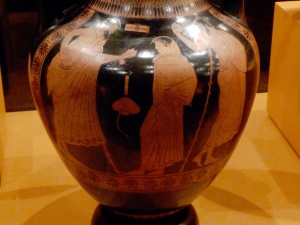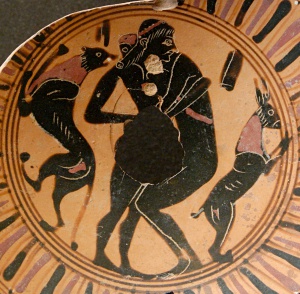(Boylove Documentary Sourcebook) - The Engrossing Influence of Pederastic Sexual Pleasure on the Behavior of Men, as Stated in a Passage from the 'Oeconomicus' by Xenophon: Difference between revisions
From BoyWiki
Added the page to the "Sexuality" category |
|||
| Line 20: | Line 20: | ||
*[[Symposium (Xenophon)]] | *[[Symposium (Xenophon)]] | ||
*[[Athenian pederasty]] | *[[Athenian pederasty]] | ||
*[[Boylove]] | |||
*[[Cretan pederasty]] | *[[Cretan pederasty]] | ||
*[[Ephebophilia]] | *[[Ephebophilia]] | ||
| Line 26: | Line 27: | ||
*[[Greek love]] | *[[Greek love]] | ||
*[[Historical boylove relationships in ancient Greece]] | *[[Historical boylove relationships in ancient Greece]] | ||
*[[Minor attracted person (dictionary)]] | |||
*[[Pederasty in ancient Greece]] | *[[Pederasty in ancient Greece]] | ||
*[[Philosophy of ancient Greek pederasty]] | *[[Philosophy of ancient Greek pederasty]] | ||
Revision as of 22:46, 30 April 2020

From Greek Homosexuality by K. J. Dover (Cambridge, Massachusetts: Harvard University Press, 1989). First published by Gerald Duckworth & Co. in England in 1978.
Compare Xen. Oec. 12.13f.:
‘In my opinion,’ said Iskhomakhos, ‘those who are distraught over sex, (duserōtes tōn aphrodīsiōn, ‘in love, to their misfortune, with sexual intercourse’) ‘cannot be taught to care about anything more than that. It is not easy to discover any hope or concern more pleasurable than concern for paidika ...’.

See also
- Symposium (Xenophon)
- Athenian pederasty
- Boylove
- Cretan pederasty
- Ephebophilia
- Erastes
- Eromenos
- Greek love
- Historical boylove relationships in ancient Greece
- Minor attracted person (dictionary)
- Pederasty in ancient Greece
- Philosophy of ancient Greek pederasty
- Spartan pederasty
- Theban pederasty